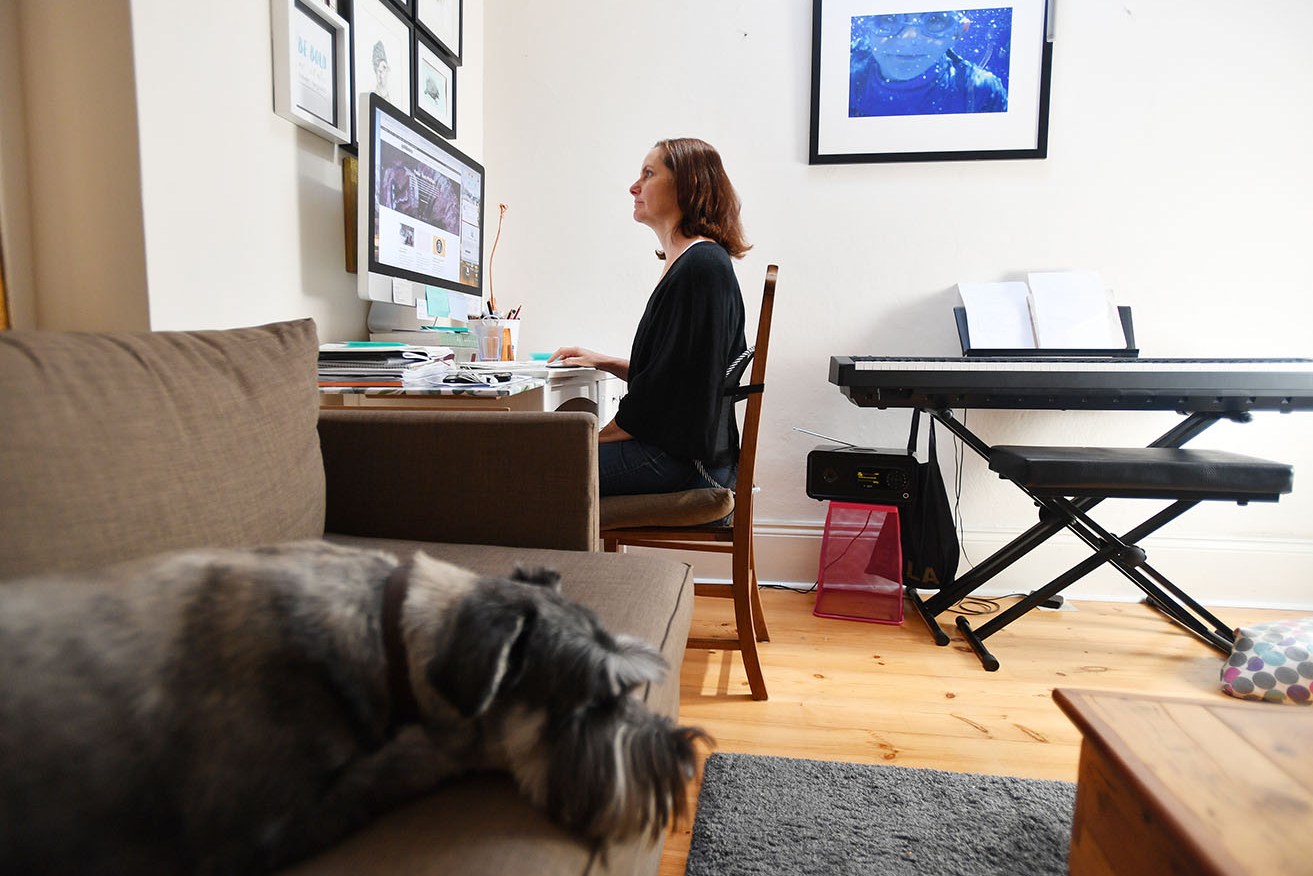Are Aussie workplaces about to witness a ‘flexidus’?


The pressure to come back into the office is a deal breaker for many workers. Photo: AAP
Return-to-office mandates have prompted warnings of a mass exodus of employees leaving their job rather than give up flexible work options.
But are we really seeing what some have dubbed a “flexidus”?
In the past couple of years Aussie workers have become pretty comfy with flexible work arrangements.
Psychologist and RMIT business administration senior lecturer, Dr Melissa Wheeler, says workers have proven they can meet the demands of their job working remotely, and they like not having to crunch their non-work responsibilities into a few hours in the evening.
“They have successfully been doing the work required of them, [so] why would they willingly give up that sense of autonomy over their day to return to the office just to be where their managers can see them?” Wheeler said.
Wheeler says while more research is needed, there is also some evidence to suggest workers may even sacrifice work perks, such as better pay or promotion, in favour of work-life balance.
“I have seen some data that says people surveyed [indicated] they would rather take a pay cut than give up flexible work,” she said.
TQSolutions principal consultant Angela Saines agrees the change in the working landscape brought about by the pandemic has prompted many workers to reevaluate their priorities.
“There has definitely been a mindset shift since Covid,” Saines said.
“What flexible work since Covid has done is to force people to work out what works in their life, and think ‘Does this serve me? Does it serve my personal life? My professional life? Am I being stimulated, but am I selling my soul for this too’?”
Is flexidus really happening?
Wheeler’s research found four in five workers want work-from-home flexibility, but don’t expect this to translate into a mass of employees walking away from their jobs if they can’t work 100 per cent from home.
“This idea of the mass exodus is more speculative about the trends that we’re seeing,” Wheeler said.
Saines says the reality is the current economic environment is limiting how much workers can demand in workplace negotiations.
“I’m finding there is definitely an expectation [among employees] that there needs to be flexibility in the workplace,” Saines said.
“However, the economic climate has shifted, and that is impacting the amount of flexibility candidates can demand compared to what they were 12 months ago.”
Saines says most businesses are continuing to support flexible work – usually defined as minimum three days in the office – but with less movement in the current job market, employers are able to hold their ground when negotiating workplace terms.
“There are a lot more redundancies happening. People are holding on to their budgets. Even organisations that are making a lot of money are choosing not to spend where they used to because of the economic climate,” Saines said.
“When people are leaving, [many organisations] are not necessarily replacing them straight away if they can afford not to, and [rather] see if they can consume the workload internally.
“What we’re predicting is a high burnout rate in the next 12 months.”
Why are employers pushing workers back into the office?
Although many workers may feel they’re equally, if not more, productive working flexibly, internal organisational data doesn’t support this, according to Saines.
“Organisations have done their own research and determined that productivity when working from home isn’t necessarily as high as it was when people were in the office five days a week.”
Research by the Australian HR Institute found employers are also concerned that collaboration, communication, team bonding and mentoring suffer when workers are not in regular face-to-face contact.
What can employers do to hold on to their talent?
Employers may hold the upper hand at the negotiating table right now, but Saines says most organisations recognise the value of being attractive to quality talent and offering some form of flexible arrangement is a key component.
“Offering flexibility that is pertinent to individuals is definitely a way to keep them,” Saines said.
“Nine-to-five doesn’t necessarily always have to cut it. It can be ‘I’ll be in the office but I’ll leave at 3pm because I need to pick up my child, and I’ll be back on my laptop at 7pm when my kids are in bed’.”
Saines says keeping good employees is about keeping them happy.
“Often it’s not about money, it’s about your manager,” she said.
“Are you learning? Are you developing? Are you stimulated? Do you have a good culture? And being flexible in the way that business is to meet the needs of that individual.”

















